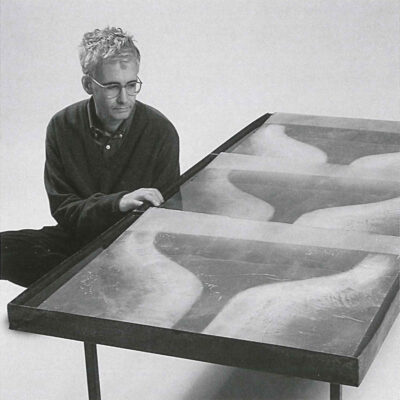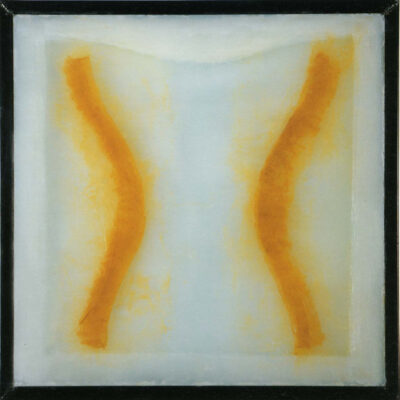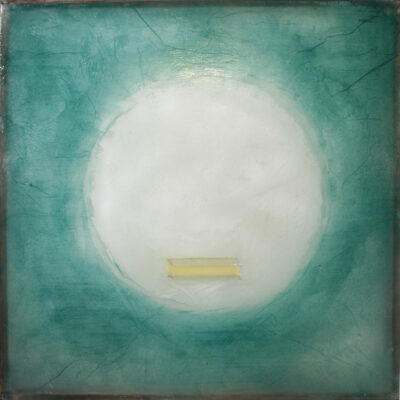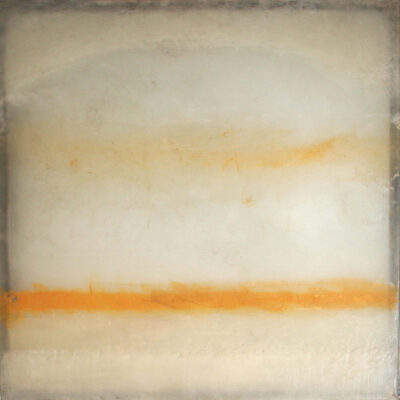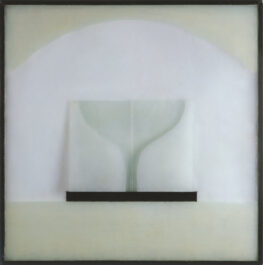Gregorio Botta was born in Naples on April 18, 1953. In 1980 he enrolled at the Academy of Fine Arts in Rome, where he followed the courses of Toti Scialoja, graduating in 1984. After his debut, marked by participation in some exhibitions held at the Galleria Rondanini and from his first one-man exhibitions at the Galleria Il Segno, both in Rome, the artist attracted the attention of the critics on the occasion of some important exhibitions, including Trasparenze dell'arte italiana sulla via della seta curated by Achille Bonito Oliva, set up in Beijing in 1993, the XII Quadriennale and the Biennale dei Parchi at the Galleria Nazionale d'Arte Moderna in Rome, held respectively in 1996 and 1998, as well as the one-man show, also in 1998, introduced by Ludovico Pratesi at the Istituto Italiano di Culture in Cologne.
Wax, lead, iron, glass are the elements with which Gregorio Botta practices “an art of taking away, of little, of less, hoping to arrive at an art of nothing. An art that disappears and leaves only, like a vibration, like a secret engine, the action for which it was born” (Gregorio Botta, 2001).
His are archetypal forms (the circle, the goblet...) in which the image gathers again, as if seeking in them “a point of slow surfacing of a submerged truth, which concerns our being more than our appearance”. The universe of shapes elaborated by Gregorio Botta therefore appears “silent and cautious in revealing itself; muffled by that whiteness that envelops it, as if it lived, and took nourishment, from the amnion of a womb; slow to confess to the beholder, with his asking, submissively, a long look above himself. A gaze that discovers, in the end, the enchantment: and is not afraid of it” (Fabrizio D'Amico, 2001).
In 2006 he presented a selection of his recent works at the Magazzini del Sale in Siena, in which peculiar elements of his language return in a singular game of contrasts: the lightness and transparency of glass, the opacity and hardness of iron. The introduction of the movement is now unprecedented, which animates some installations such as La Porta di Pietro, inspired by the Madonna del Parto by Piero della Francesca.
